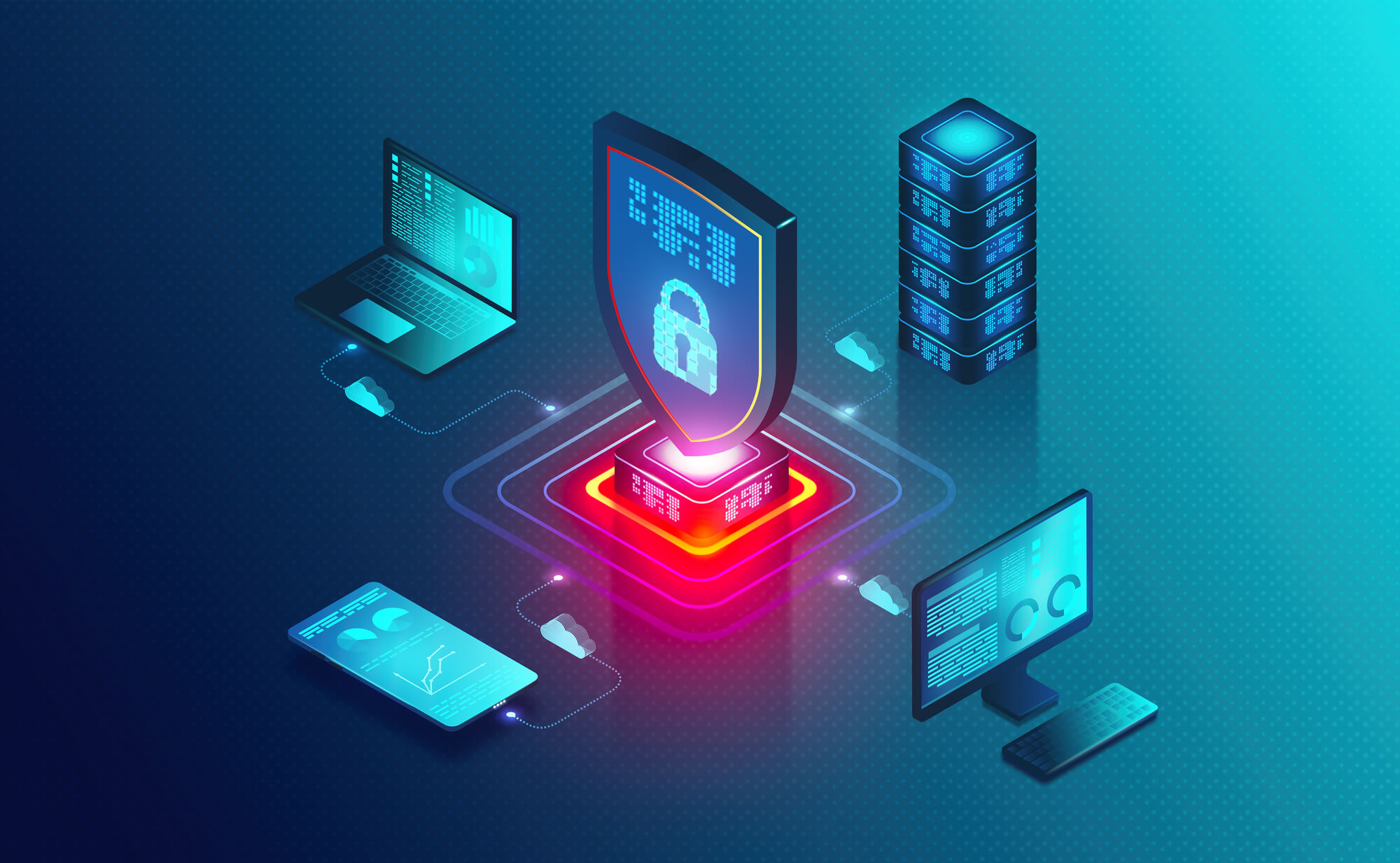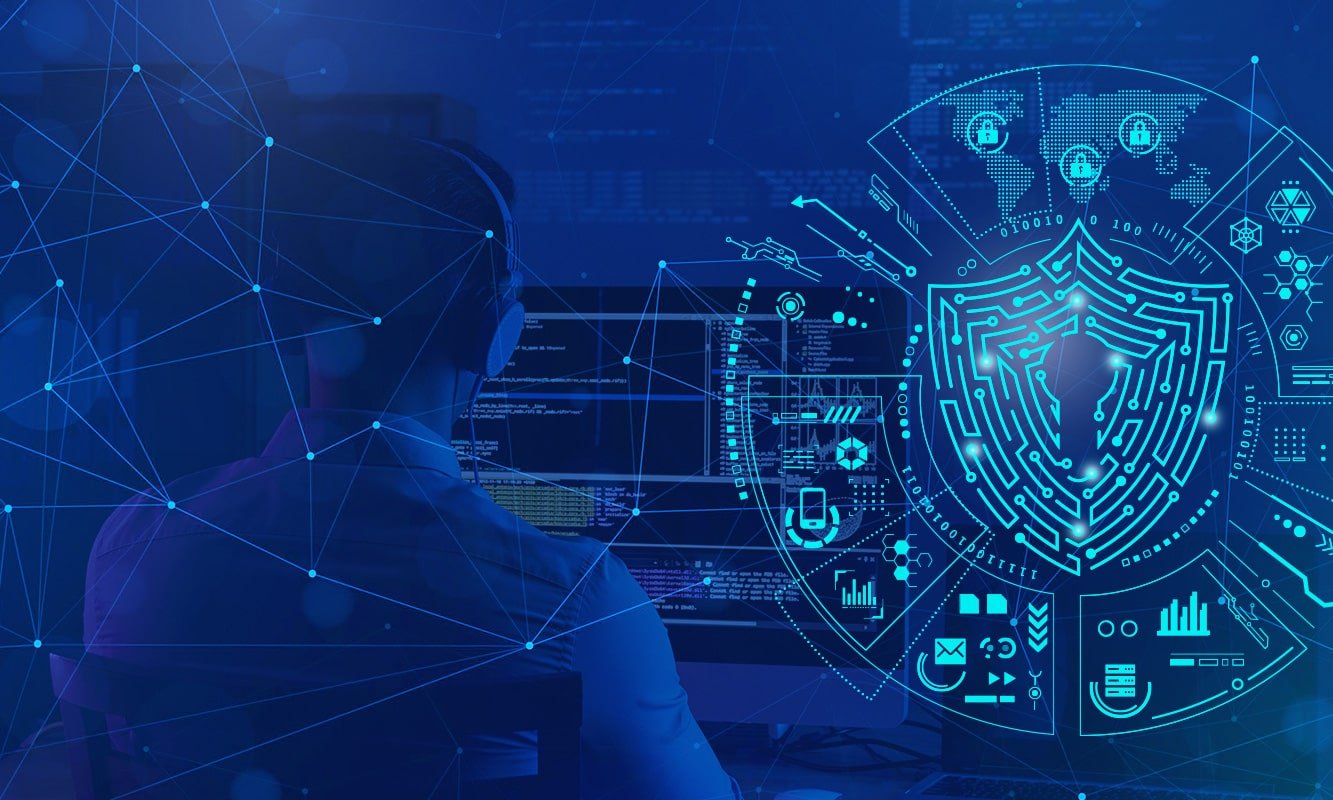Explanation of Cybersecurity
Cybersecurity refers to the practice of protecting internet-connected systems, including hardware, software, and data, from attack, damage, or unauthorized access. This is accomplished through a combination of technologies, processes, and practices designed to safeguard sensitive information and prevent disruption to systems. The goal of cybersecurity is to ensure the confidentiality, integrity, and availability of information and IT systems.
Cybersecurity threats come in many forms, including viruses, malware, hacking, phishing, and ransomware. To combat these threats, organizations employ various measures such as firewalls, encryption, multi-factor authentication, and regular software updates. Additionally, good cybersecurity practices like strong passwords and user education also play a critical role in keeping systems and data secure. As technology continues to advance, cybersecurity will remain an important issue as more sensitive information is stored and shared online.

Cybersecurity is a multi-disciplinary field that involves collaboration between IT, legal, and business departments. It requires ongoing monitoring, assessment, and updating of security measures to stay ahead of emerging threats. Compliance with relevant regulations, such as GDPR, HIPAA, and PCI-DSS, is also an important aspect of cybersecurity. Additionally, incident response planning and regular penetration testing can help organizations identify and address vulnerabilities before they are exploited by attackers.
As technology continues to play a larger role in daily life, the importance of cybersecurity will only continue to grow. Individuals, organizations, and governments must work together to develop and implement effective security measures to keep sensitive information and systems secure.
Cybersecurity is becoming a global concern, as cyber-attacks can have far-reaching impacts. For example, a successful cyber-attack on a power grid could disrupt essential services and impact national security. The growing use of Internet of Things (IoT) devices, such as smart homes and connected cars, is also increasing the attack surface and the need for better security.
It's worth noting that the rise of remote work and the increased use of cloud computing have also created new challenges for cybersecurity. The decentralization of the workplace makes it harder to secure sensitive information and control access to networks and devices. The use of cloud computing has also created a need for new security measures to protect data in transit and at rest.
Cybersecurity professionals play a vital role in defending against cyber-attacks and protecting sensitive information. There is a high demand for individuals with cybersecurity skills and training, as the threat landscape continues to evolve. Some popular cybersecurity careers include Penetration testers, Cybersecurity analysts, Information Security Managers, and Security Engineers.
In conclusion, cybersecurity is a critical issue that requires ongoing attention and investment. Staying informed and aware of the latest threats and best practices is important for individuals, organizations, and governments. By working together and taking proactive measures, we can create a safer and more secure online environment.
Why Cybersecurity is important
cybersecurity is important because it protects important and sensitive information from unauthorized access, theft, or damage. The following are some of the key reasons why cybersecurity is so important:
Protecting sensitive information: Cybersecurity helps protect confidential information, such as financial data, personal information, and intellectual property.
Preventing financial losses: Cyber-attacks can result in significant financial losses for organizations and individuals. Cybersecurity measures help prevent these losses by detecting and stopping cyber-attacks.
Maintaining business operations: A successful cyber-attack can disrupt business operations and harm an organization's reputation. Cybersecurity helps maintain business continuity by preventing downtime and data loss.
Safeguarding national security: Cybersecurity is also important for national security, as cyber-attacks on critical infrastructure can have far-reaching impacts.
Protecting personal privacy: Cybersecurity helps protect personal privacy by preventing unauthorized access to personal information and preventing identity theft.
In conclusion, cybersecurity is essential for protecting sensitive information, preventing financial losses, maintaining business operations, safeguarding national security, and protecting personal privacy.

Develop Cyber Security
To develop a robust cybersecurity program, the following steps can be taken:
-
Assess risks: Conduct a risk assessment to identify potential vulnerabilities and threats to your organization's IT systems and data.
-
Develop a security policy: Create a security policy that outlines the guidelines for protecting sensitive information and the acceptable use of technology.
-
Implement technical controls: Implement technical controls such as firewalls, encryption, and multi-factor authentication to protect against cyber-attacks.
-
Provide employee training: Provide regular training to employees on how to identify and prevent cyber-attacks and maintain good cybersecurity practices.
-
Regularly update software and systems: Regularly update software and systems to patch vulnerabilities and keep them secure.
-
Monitor and respond to security incidents: Monitor for security incidents and have a response plan in place to quickly respond to any incidents that occur.
-
Continuously assess and improve: Continuously assess and improve your cybersecurity program to keep pace with evolving threats and changing technology.
In conclusion, developing a robust cybersecurity program requires a multi-disciplinary approach that involves risk assessment, policy development, technology implementation, employee training, regular software updates, incident response planning, and continuous improvement.


You must be logged in to post a comment.